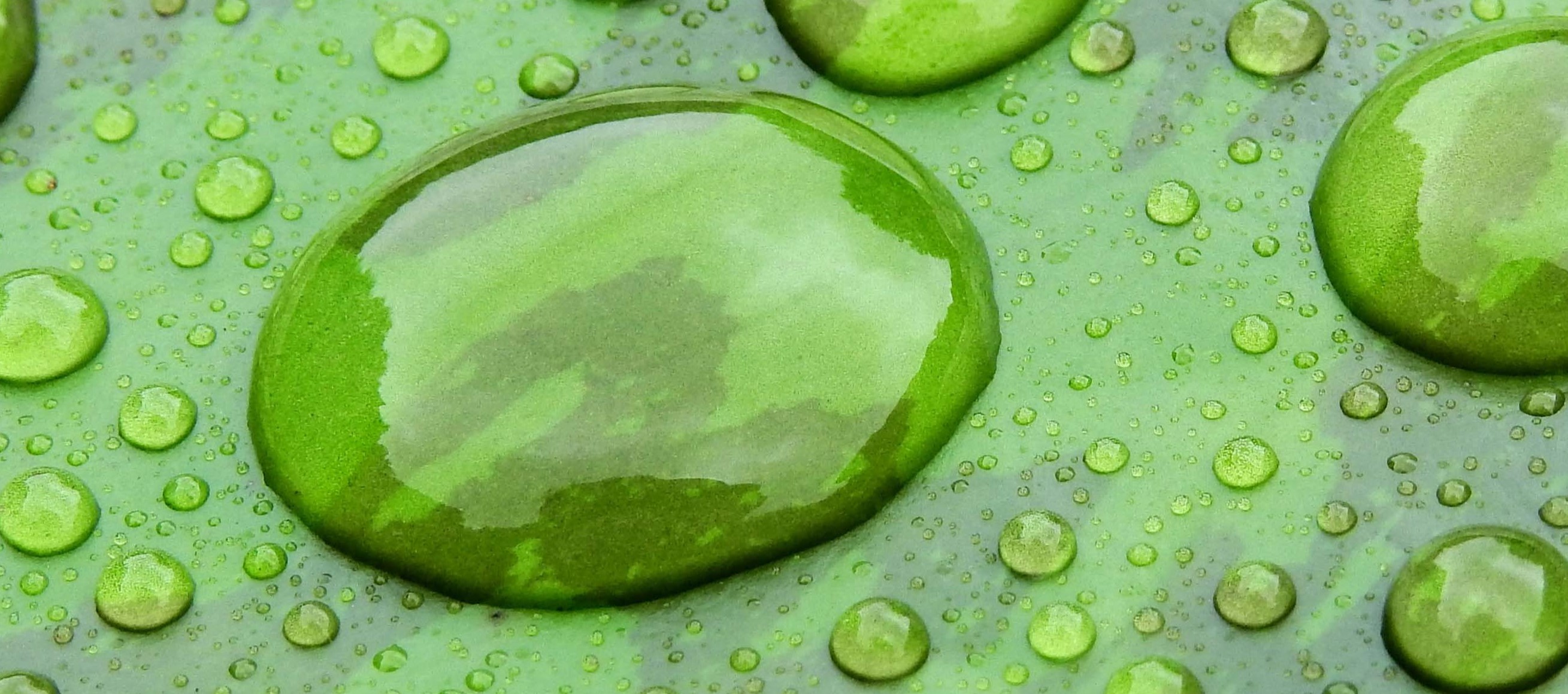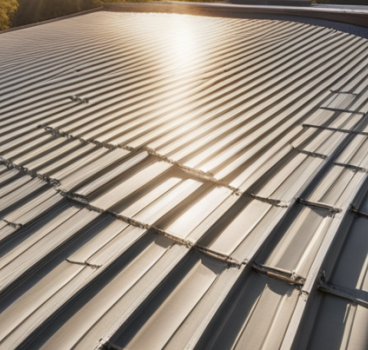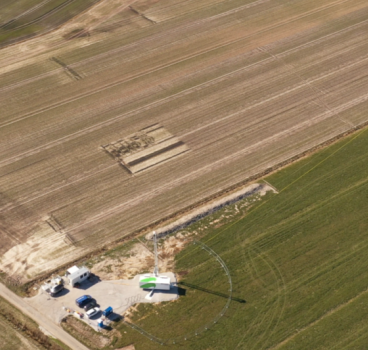Nanotechnology – the future of waterproofing
From the dawn of time, builders have worked to keep out the rain. Today the waterproofing industry worldwide is worth billions and in spite of massive advances in technology we are still losing the battle with Mother Nature – but all of that could be about to change writes John Ridgeway
Since 1985 research teams have been developing building materials that repel water like a duck's feathers or a lotus leaf. This futuristic vision is becoming a reality thanks to nanotechnology, the manipulation of matter at the atomic and molecular level – and this is helping to revolutionise waterproofing with innovative coatings that create superhydrophobic surfaces that strongly repel water.
Nature's Inspiration: The Science Behind It
Nanotechnology takes a cue from nature. Have you ever noticed how water droplets bead up and roll off a lotus leaf? This phenomenon is due to the leaf's microscopic surface texture, which traps air pockets and minimises contact with water. Nanotechnology coatings mimic this effect by creating similar microscopic textures on various materials.
These coatings create tiny bumps and ridges on the surface, invisible to the naked eye. Water droplets landing on this textured surface form tight beads that simply roll off, taking any dirt or debris with them. In addition to the physical texture, some coatings are chemically modified to be water-repellent. This double dose of water resistance creates a powerful barrier against moisture ingress.
The beauty of nanotechnology lies in its versatility. These solutions can be applied to a variety of construction materials, from concrete and brick to metals and even textiles used in building envelopes
As already mentioned, the seed of inspiration for superhydrophobic surfaces began with nature. The lotus leaf, with its remarkable self-cleaning properties, has been a major source of inspiration for researchers. In the early stages, scientists focused on mimicking the lotus leaf's microscopic surface features using various techniques like etching and chemical treatments.
As research progressed, scientists probed deeper into material science, exploring the creation of nanostructured coatings with tailored properties. This involved the use of nanoparticles, materials with at least one dimension in the nanometre range (one nanometre is one billionth of a metre). By manipulating the size, shape, and arrangement of these nanoparticles, researchers were able to create surfaces with specific topography and chemical composition, leading to superior water-repellence.
We are already seeing some promising developments such as Sol-Gel coatings, which are formed through a chemical reaction that creates a network of nanoparticles on the surface of the material. The size and arrangement of these particles can be controlled to achieve the desired water-repellent effect.
There is also Layer-by-Layer Assembly, a technique which involves depositing alternating layers of different materials at the nanoscale, creating a composite coating with superior water-repellence and durability. Researchers are also exploring the development of nanocomposite materials that incorporate water-repellent nanoparticles directly into the bulk of the construction material during manufacturing.
From labs to construction sites
Nanotechnology-based waterproofing solutions have already progressed beyond the realm of pure research and are now entering the practical application stage. Many promising nanotechnology-based waterproofing coatings are undergoing testing in pilot projects on building facades and other structures. This real-world testing helps assess the long-term performance and durability of these solutions.
An increasing number of companies are also developing and commercialising nanotechnology-based waterproofing products. These products are becoming more readily available for use in construction projects. Researchers are also working on refining existing coatings and developing new approaches with improved performance, durability, and cost-effectiveness.
Challenges and the road ahead
While the potential of nanotechnology-based waterproofing is undeniable, there are still some challenges to overcome. Ensuring that the water-repellent properties of these coatings remain effective over the long term, especially when exposed to harsh environmental conditions, requires further research and testing.

Currently, some nanotechnology-based waterproofing solutions can be more expensive than traditional methods. As the technology matures and production scales up, we can expect costs to come down. The potential environmental impact of nanomaterials used in these coatings also needs to be carefully assessed and mitigated through responsible development and manufacturing practices.
That said, Nanotechnology for waterproofing is no longer just a concept. Imagine buildings with facades that repel rainwater, reducing water ingress and improving the building's energy efficiency. This is becoming a reality with the application of nanotechnology coatings on exterior walls.
A prime example is the Shanghai Tower, one of the tallest buildings in the world. This architectural marvel utilises nanocoatings on its glass facade to repel rainwater and dirt, reducing the need for frequent cleaning
Nanotechnology treatments could also be applied to protect exposed concrete elements like bridge supports and parking structures from water damage and environmental degradation. This not only extends the lifespan of these structures but also improves their aesthetic appeal.
This mean that the future of construction materials might involve water-repellent properties being integrated during the manufacturing process itself. This would create inherently water-resistant building blocks for a more durable and weatherproof built environment.
Nanotechnology-based waterproofing represents a significant leap forward in construction practices. By creating highly water-repellent surfaces, this innovative technology has the potential to revolutionise the way we build, ensuring structures that are more durable, watertight and require less maintenance.
And as research and development continue, we can expect to see even wider and more innovative applications of nanotechnology in the construction industry, shaping a future where raindrops simply roll off, leaving buildings drier and more resilient for generations to come.
Sources
Additional Blogs

Cool roofs and why they will continue to grow
Hotter summers are helping to create uncomfortable living and working environments in towns and cities across the globe. Extreme heat events are becoming more frequent due to climate change – and...
Read moreWind-power for cranes – a construction game changer?
Wind energy, a clean and renewable resource, is emerging as a game-changer for the construction industry – with innovations that continue to surprise. By harnessing the power of the wind,...
Read more

Are empty desks a construction opportunity?
The COVID-19 pandemic fundamentally altered the way we are employed. With millions transitioning to remote work, office buildings across the Western world stand eerily empty, sparking a critical...
Read more